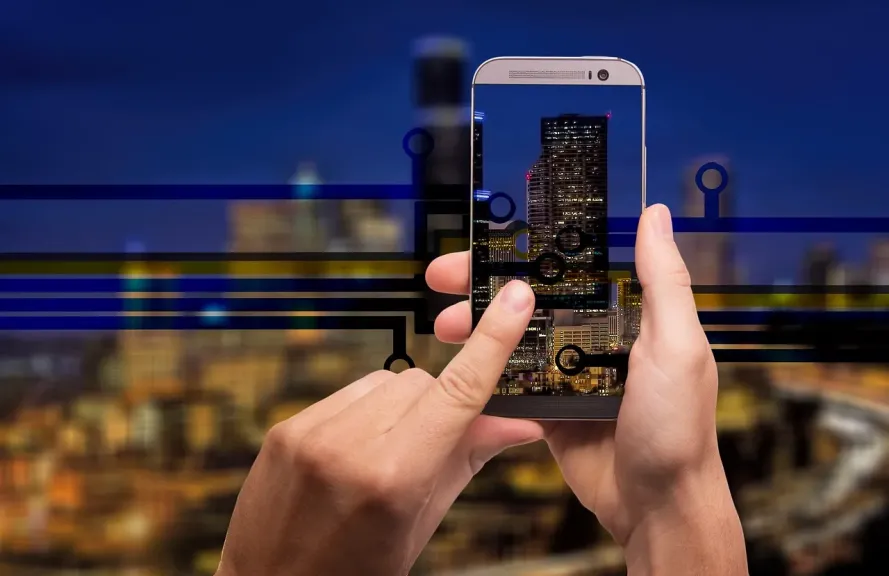Smart Cities Explained: 8 Global Models Shaping the Future of Urban Living”

You may well have heard of smart homes and smart buildings – modern structures and properties that utilise the latest digital technology to create efficient, comfortable and sustainable spaces for living. These projects, like Beeah Headquarters in UAE or the Tottenham Hotspur Stadium in the UK, represent the intelligent, sustainable future of the built environment.
But what if these concepts were applied to an entire city? How could this technology be used to improve the lives of millions of people on a wider scale? It’s an exciting prospect that, far from a pipe dream, is being implemented across the world and touted as a key component in the future of urban planning. But what is it that makes a city ‘smart’, and how does a smart city actually work?
What are smart cities?
A smart city is a settlement or place that is made more efficient through extensive use of digital technologies, with the goal of improving the quality of life of its residents and benefitting the environment.
Every year, the International Institute for Management Development (IMD) publish a Smart City Index – a poll where residents from 142 cities are asked for their opinions on the place they live in. This ranking has become a common way of measuring, determining and defining what a smart city is. IMD’s index looks at the multiple areas in its surveys, including technology and infrastructure services, health and safety, mobility, governance and opportunities.
What makes a city ‘smart’?
There are a wide range of technologies commonly associated with smart cities, including:
Internet of Things
The Internet of Things (IoT) is a group of physical objects, such as sensors, that are digitally connected, forming a network of devices that exchange data with one another. This network of connected devices is closely associated with smart cities, playing a key role in monitoring and optimising things like energy efficiency, weather conditions and congestion levels.
Artificial intelligence
Another technology that has given rise to the concept of the smart city is artificial intelligence (AI), which, when combined with IoT, can analyse real-time data and make decisions and predictive adjustments to a city’s services and infrastructure.
Autonomous vehicles
Self-driving cars have been in development for decades, but thanks to advancements in sensor technology and connectivity, they could be a reality in the world’s smartest cities. Autonomous vehicles have the potential to revolutionise transportation by improving safety and efficiency and reducing congestion.
5G
5G will be a major part of smart cities, offering citizens faster speeds, lower latency, improve reliability and increased flexibility. Its implementation will be key to connecting the devices that form IoT networks, whilst enhancing security and ensuring connectivity for all.
Big data
Big data is any set of data that can’t be traditionally processed or analyse due to its size. The volume and variety of big data can offer significant benefits for organisations and governments, but storing, processing and managing effectively requires both specialist tools and knowledge. Considering the emphasis this urban planning concept places on sensors and information, managing big data will likely be a crucial responsibility in the implementation of smart city projects.
Technologies like those listed above place are integral to the smart city concept. However, as the IMD Smart City Index shows, it’s not incorporating futuristic tools that makes a city ‘smart’ – it’s using them to have a demonstrable, positive impact on a city’s residents and the environment.
8 examples of smart cities around the world
. Singapore, Singapore-1
2. London, UK
3. New York, USA
4. The Line, Saudi Arabia
5. Zurich, Switzerland
6. Woven City, Japan
7. Canberra, Australia
8. Xiongan, China

